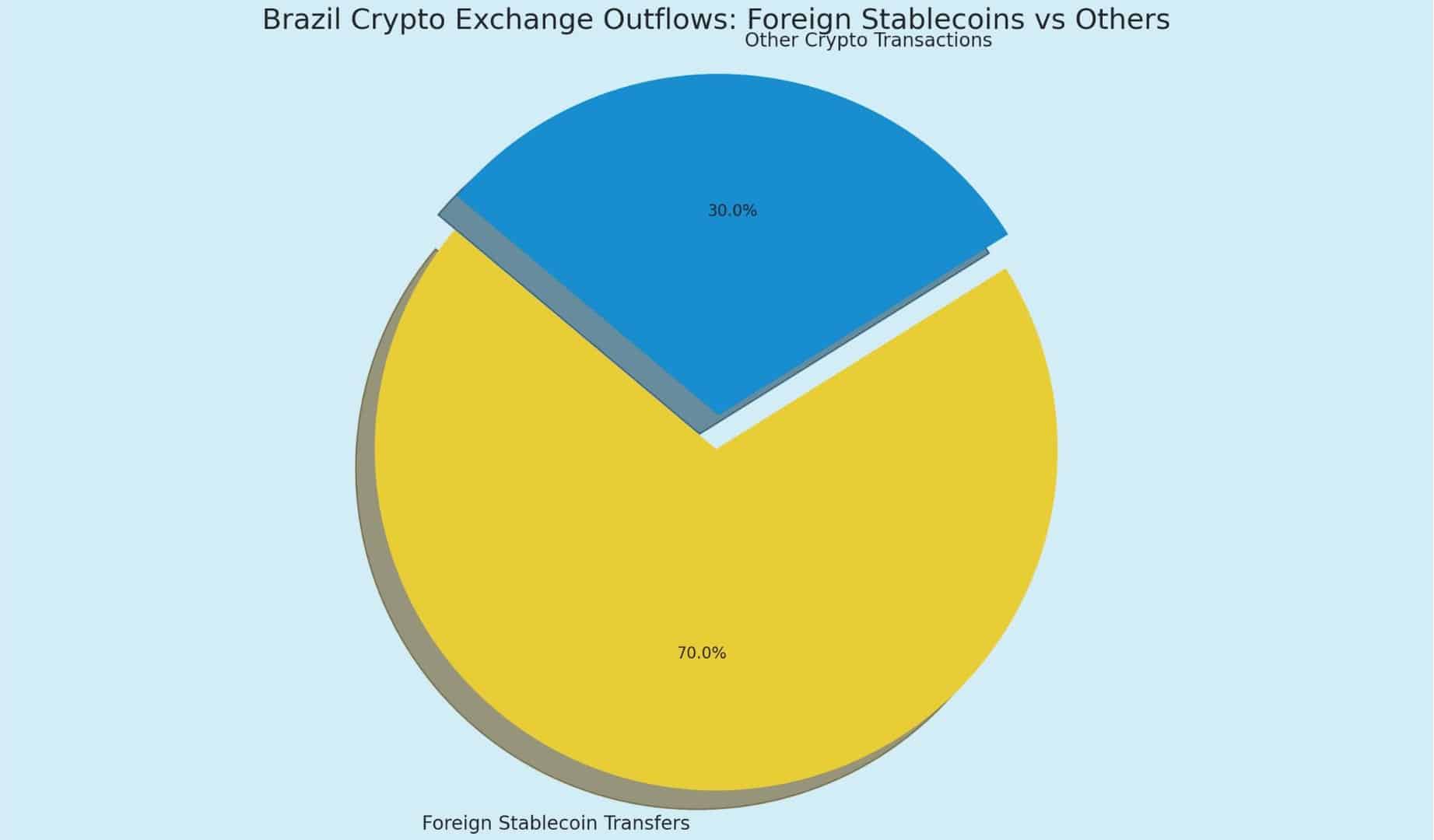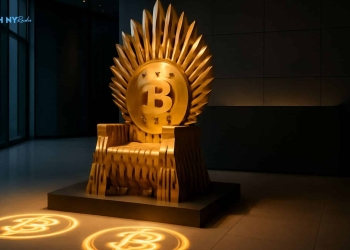As per official sources, the New Crypto Regulation in Brazil will be changing the way foreign stablecoins will be operated through the digital asset market in the country.
A draft has been presented by the Central Bank of Brazil, which is making waves across the cryptosphere. The essence of the bold new rule is this: local exchanges may soon be disallowed from allowing the transfer of foreign stablecoins, such as USDT and USDC, to self-custodial wallets.
But this proposal is hardly just another regulatory footnote. It is a giant leap with ramifications on how the average Brazilian will interact with decentralized finance.
Let us summarize what is happening and why this is important now.
What Brazil’s Crypto Regulation Is Really About
First touch on the proposal, which was hinted at in late November 2024, seeks to restrict the use of foreign stablecoin assets in the crypto ecosystem of Brazil. It introduces a mechanism restricting the transfer of these tokens to wallets not controlled by exchanges- self-custodial wallets.
Brazil wants crypto regulation aligned with its traditional financial structure. The intention is that the flow of money, especially digital dollars, must come under the purview of local laws and reporting structures.
According to Cointelegraph, the draft has entered a public consultation period that runs up until 28 February 2025.
This means there is still ample opportunity for public input before this draft becomes law.

Why Target Foreign Stablecoin Transfers Now
This new path has some strong reasons behind it:
- But mainly compliance: Brazil is aligned to the FATF guidelines and international anti-money laundering practices.
- Stability: It may exert pressure-BRL Brazilian real-into its value should huge amounts of capital flow away through stablecoins.
- Consumer protection: On that argument of fraud, hacks, and illicit activity comes the Government’s threats of unmonitored transfer into wallets.
The message issued by the Central Bank has simply made it clear that crypto regulation does not have an option anymore. It is being compulsory.
The Numbers Behind Brazil’s Stablecoin Boom
Brazil has quietly turned out to be a crypto giant. According to the Chainalysis report of 2023, Brazil was placed among the top 10 countries in the world in terms of crypto adoption.
Astra 2023-2024, between July 2023 and June 2024, Brazilians bought and sold digital assets, totaling $90 billion. And as Crypto. news, 70% of all exchange outflows used foreign stablecoins—most of which were USDT.
Here is a look at the current market prices:
| Stablecoin | Price (USD) | 24h Volume | Market Cap |
|---|---|---|---|
| USDT (Tether) | $1.00 | $92.5B | $112.3B |
| USDC | $1.00 | $7.5B | $33.6B |
| DAI | $0.998 | $488M | $5.0B |
Source: CoinMarketCap, May 15, 2025
These digits help elucidate how Brazil’s crypto regulation is targeting foreign stablecoin flows: that’s where most of the volume is.
Critics Say the Move Could Hurt Innovation
The new proposal has not found much acceptance.
Lots of crypto experts believe that curtailing transfers of foreign stablecoins is anathema to decentralization. The concern is that users simply will move to peer-to-peer (P2P) trading exchanges or exchanges outside the country that are that much harder to regulate.
Carol Souza, co-founder of Area Bitcoin, voiced her thoughts in Digital Market Reports:
“They are closing the exits while BRL is collapsing. People need access to self-custody now more than ever.”
Others fear it would put a damper on innovation and motivate blockchain developers and start-ups to market places with more friendly regulations.
Meanwhile, bigger platforms, such as Mercado Bitcoin, await the clarification regarding how deep are these rules going to sink in with the business models for the long haul.
What’s Next for Brazil’s Crypto Regulation
The public consultation period is open until February 28, 2025, and the Central Bank is actively collecting comments.
Should the draft pass the law unchanged, Brazilian exchanges will be prohibited from allowing their users to move foreign stablecoins into their wallets directly.
No more USDT withdrawals to MetaMask. No more transfers of USDC to Ledger wallets.
Stablecoin handling would thus fall under the purview of the same framework applied to the foreign direct investment for stringent regulation, heightened reporting, and control of capital flows.
Industry organizations such as ABCripto are calling upon the government to amend portions of the draft to allow Brazil to remain globally competitive within the crypto environment.
Conclusion:
With this latest effort, Brazil has finally entered the fray over the crypto regulation.
What has been assumed as a direct blow to foreign stablecoin inflows has tagged private wallets used by citizens as another attempted control by the government on the way crypto money flows preferably across borders.
Tackling monumental issues of privacy, decentralization, and financial freedom, it also lays down avenues for similar countries to follow suit.
Attention is all on the February 2025 deadline for now. What next may send ripples through the mightiest markets.
If you’re a holder of USDT or USDC in Brazil, or building a crypto project there, don’t ignore this one regulatory change.
Follow us on Twitter and LinkedIn, and join our Telegram channel for more news.
Most Frequently asked Questions
Q1. What is Brazil’s new crypto regulation about?
The suspension will prohibit the transfer of foreign stablecoins from local exchanges to self-custody wallets.
Q2. Who is affected?
Tokens such as USDT (Tether), USDC, and DAI pegged to foreign currencies may be affected.
Q3. Can I still purchase stablecoins in Brazil?
They will be allowed through centralized platforms, but not through wallet withdrawals.
Q4-When would the regulation finally become effective?
Public consultation ends on February 28, 2025, after which a final decision will be made.
Q5-What is the major concern?
Opponents argue that the proposed rule could limit user autonomy and make Brazil a hostile environment for cryptocurrency innovation.
Glossary of Key-Terms
Crypto Regulation: Law, policies, and rule-related conduct pertaining to cryptocurrencies.
Foreign Stablecoin: Digital tokens replicating fiat currency like the USD, issued by a foreign entity.
Self-Custodial Wallet: A wallet in which the user controls and holds private keys. Examples include MetaMask and Ledger.
VASPs: Virtual Asset Service Providers: Any entity rendering a crypto service, including trading or custody.
Public consultation: Before regulatory processes are approved into law, there exists an opportunity for staking public opinion.


































































































![BitTorrent [New]](https://s2.coinmarketcap.com/static/img/coins/64x64/16086.png)











